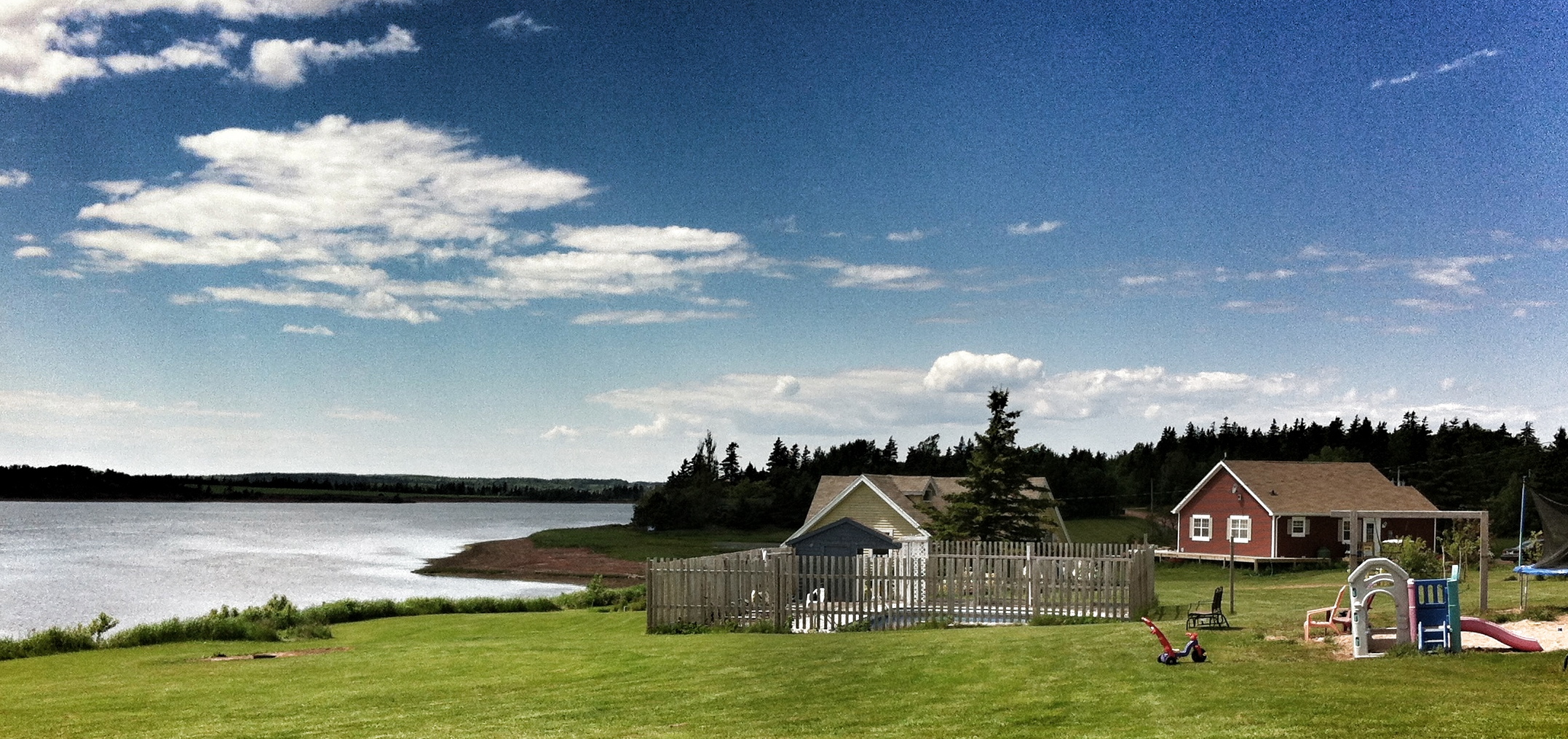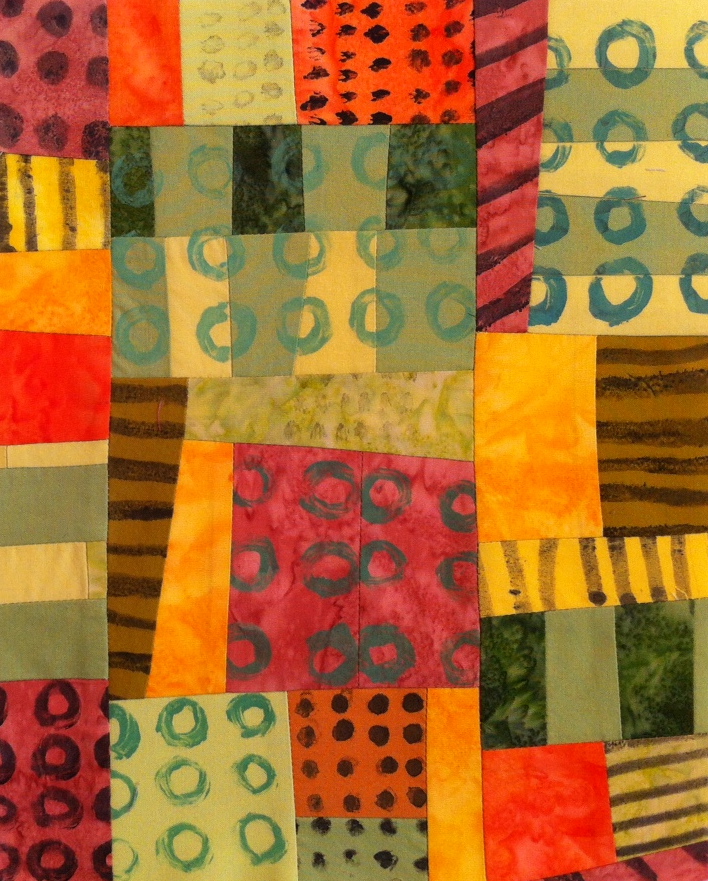"Cloth is rich with metaphors for the body and healthcare. The very act of stitching can be experienced as wounding the cloth or mending it- a stab or a suture. These metaphors are part of what makes fibres so rich to work with - they can hold all that complexity and contradiction and make it whole." -Alison Fox, Art Therapist, Artist and Nurse with the Inuit in Northern Canada
Recently, I began to work on a series of small quilted fabric pieces. Pulling together odds and ends; old cloth napkins printed with zoo animals, pieces of rusted fabric (courtesy of Lisa Mitchell and Jennifer Libby Fay) and snippets of fabric whose original purpose was long forgotten, I created a palette ranging from creamy whites to deep siennas.
I was trying to find a way to describe the series; a response to my art therapy work with very young patients at our hospital, who come to us suffering from abuse or neglect. I didn't want to sound maudlin or theatrical, so Alison's quote was a poignant means of expressing my point.
In the visual work, I want to express the "forgotteness," or hidden side I imagine in many of the children we treat at the hospital. They arrive to receive our care and for complicated reasons, some reasonable, others not, their parents are not at the bedside. Looking anxious, a nurse carries a child into the playroom, where she hopes our staff and volunteers can offer relief--to cuddle, to play with, to divert.
I found myself musing on the romantic notions of childhood; ideas we have about innocence, playfulness and early life as a time distinct from the complicated world of adulthood. For the purpose of this fabric series, I decided that a more realistic image of childhood would inhabit the front side of my pieces.
I also wanted the hidden side of the pieces to be compelling in its own way. I remember an Aikido teacher once talking about the back sides of our body. She noted, we spend so much time concentrating on the appearance of our front that we forget how often people see of us from behind. I wanted my "backs" to tell stories about the part of childhood we don't romanticize, yet when met with awareness and love, is replete with its own kind of wonder.
I don't mean to say that abuse is beautiful. Rather, that when one has the courage to face it, even a person's woundedness becomes part of what we love about them. Those words: "stab wound or suture." Each step we take toward these kids becomes a suture. Whenever we find an opportunity to hold them, love them, speak to them, sing to them, remember them; those actions become the sutures which begin to heal their wounds.









